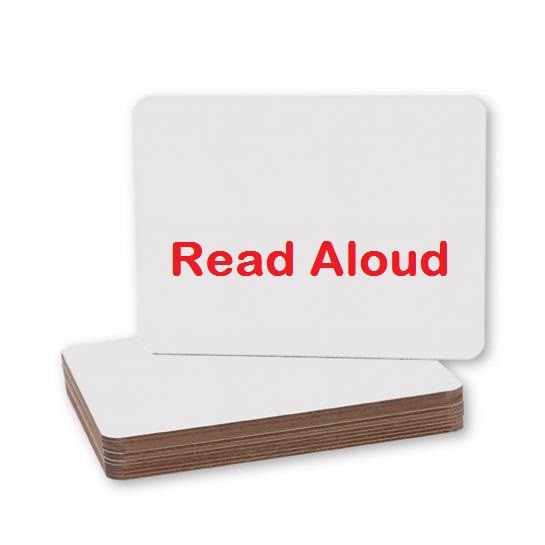PTE Academic Speaking read aloud practice passages
PTE Academic Speaking read aloud practice passages.Look at the text below. In 40 seconds, you must read this text aloud as naturally and clearly as possible.
PTE Academic Speaking read aloud, fashion related passages.
1.costume, distinctive forms of clothing, including official or ceremonial attire such as ecclesiastical vestments, coronation robes, academic gowns, armor, and theatrical dress. The use of ornament preceded the use of protective garments; its purpose was to emphasize social position by a great display of trophies, charms, and other valuables and to enhance attractiveness. Superstition, caste distinction, and climatic necessity all have been influential in the evolution of dress.
2.The ancient Egyptian costume for men was first a wrapped loincloth and later a kilt or skirt of pleated and starched white linen. Egyptian women first wore the kalasiris, a one-piece, narrow sheath of transparent linen, which was later adopted by men as the tunic. The Egyptian costume evolved into a highly decorative mode of dress characterized by the use of fluted linen,jewelry, and of cosmetics and perfume.
3.The change from ancient to medieval costume began (c.400) with the disintegration of the Roman Empire. Roman attire, which had previously assimilated the elaborate features of Byzantine dress, was gradually affected by the austere costume of the barbaric invader. Both men and women wore a double tunic; the under tunic, or chemise, had long tight sleeves (a feature that remained until the 17th cent.) and a high neck; the girded wool overtunic, or robe, often had loose sleeves. A mantle, or indoor cloak, was also worn.
4.Fashion, in dress, the prevailing mode affecting modifications in costume. Styles in Asia have been characterized by freedom from change, and ancient Greek and Roman dress preserved the same flowing lines for centuries. Fashion in dress and interior decoration may be said to have originated in Europe about the 14th cent. New styles were set by monarchs and prominent personages and were spread by travelers, by descriptions in letters, and, in costume, by the exchange of the fashion doll.
PTE Academic Speaking read aloud practice passages
5.The first fashion magazine is thought to have originated c.1586 in Frankfurt, Germany; it was widely imitated, gradually superseding fashion dolls. Godey’s Lady’s Book, established in the United States in 1830, remained popular for decades. In interior decoration, the influence of designers, such as Chippendale, Sheraton, and Robert and James Adam, was apparent in the 18th cent., but in costume, the only influential designer at that period was Rose Bertin, milliner, and dressmaker to Marie Antoinette.
6.In Paris, the leading arbiter of fashion since the Renaissance—the fading influence of celebrities was coincident with the rise of designer-dressmakers in the mid-19th cent. Paris haute couture has remained preeminent in setting fashions for women’s dress. Designers such as Charles Frederick Worth, Coco Chanel, Lucien Lelong, Elsa Schiaparelli, Cristóbal Balenciaga, Christian Dior, and Yves Saint Laurent have had fashion houses in Paris.
7.The 1970s and 80s saw the beginning of more divergent trends in fashion. This was the result of the increasing popularity of ready-to-wear collections by major designers, which made fashionable label-conscious dressing possible for the middle class. Ethnic-inspired looks and the punk style enjoyed a period of popularity. Successful clothing designers such as Ralph Lauren, Georgio Armani, Gianni Versace, Jean-Paul Gaultier, Rei Kawakubo, and Geoffrey Beene widened their design horizons.
8.After 1450 there was a reversal in fashion from the pointed Gothic look to the square look of the Renaissance. The style in its exaggerated form is best represented in Holbein’s paintings of the English court of Henry VIII. Men’s costume had wide, square shoulders with puffed sleeves, padded doublets, bombasted upperstocks, or trunk hose, short gowns (cloaks), and square-toed shoes. The doublet, now sleeveless, was worn over the shirt (formerly the chemise) and under the jerkin.
PTE Academic Speaking read aloud practice passages
MORE PRACTICE LINKS:
LIST OF REPEATED PTE ESSAY TOPICS
HOW TO IMPROVE READING IN PTE ACADEMIC EXAM
PTE SPEAKING DESCRIBE IMAGE PRACTICE EXERCISE WITH ANSWERS
Please click for PTE Academic summarize written text passages

